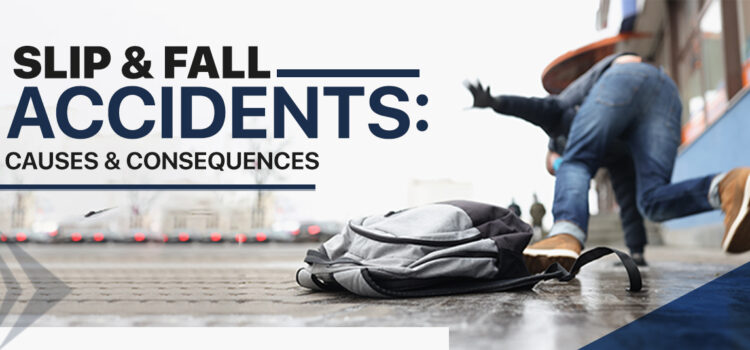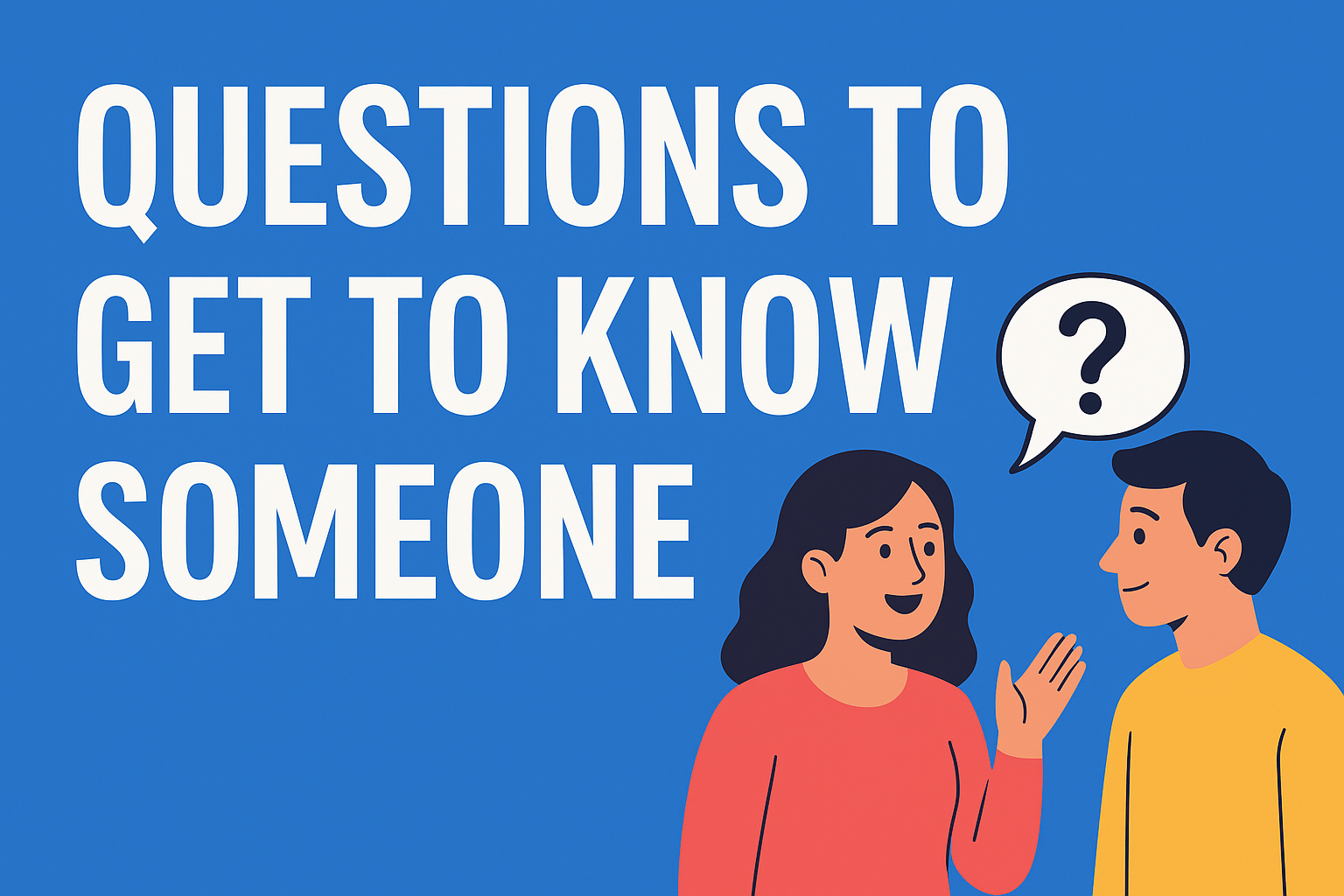In the fast-paced rhythm of our daily routines, the repercussions of a simple slip and fall can be easily overlooked. Astonishingly, over a million individuals in the U.S., including a significant number in California, seek medical attention annually due to these seemingly trivial incidents—that’s more than 2,000 people each day. Unveiling a startling statistic, slip and fall accidents contribute to around 12% of all fall-related emergency room visits.
Delving into the causes and consequences of slip-and-fall accidents, it’s crucial to spotlight their impact on elderly adults, a demographic particularly vulnerable to such incidents, including slip and fall accidents in Bakersfield. As we navigate through the statistics, we’ll unravel the intricacies of how these accidents disproportionately affect the elderly, shedding light on preventive measures and resources specifically available for slip-and-fall accidents in Bakersfield. Empowering residents with this knowledge aims to contribute to a safer environment, especially for our elderly neighbors.
Physical Factors Contributing to Slip-and-Fall Accidents
As people age, physiological changes occur that raise their vulnerability to falls. Some common physical factors that contribute to slip and fall incidents in adults include diminished vision and hearing, reduced strength and balance, abnormal walking patterns, chronic health conditions like arthritis or Parkinson’s disease, and side effects from medications. These factors collectively make it more difficult for senior citizens to maintain stability while walking or carrying out tasks.
Environmental Hazards Leading to Slip-and-Fall Accidents
Alongside health factors, the existence of environmental dangers can significantly heighten the risk of slip and fall incidents among older adults. Flooring, lighting causing glare, wet floors from spills, condensation, wrong choice of footwear, obstructed pathways due to clutter, and unsecured rugs or carpets all present serious hazards that can lead to unexpected slips or falls for older individuals.
Consequences of Slip-and-Falls on Elderly Adults
The repercussions of slip-and-fall incidents on the elderly can be significant and enduring. Falls can result in fractures such as hip or wrist injuries that may require surgery and a prolonged recovery period, especially considering the slow healing process associated with aging. In addition to injuries, falls can also have health consequences, including a fear of falling again, which may lead to immobility and negatively impact their lifestyle and independence.
Preventative Measures and Interventions
Implementing preventative measures aimed at reducing slip and fall accidents can greatly enhance the safety and quality of life for adults. A comprehensive approach is essential to addressing both health aspects and environmental dangers. Regular exercise programs tailored to enhance balance, strength, and walking stability can effectively lower the risk of falls among seniors.
Moreover, making changes to the home environment, such as adding grab bars in bathrooms, eliminating tripping hazards, reinforcing handrails on stairs or ramps, and improving lighting in living areas, can significantly reduce the chances of accidents.
Regular Check-ups and Medication Management
Regular visits to healthcare professionals are essential for identifying fall risks in older individuals. Healthcare providers can assess limitations, review medication schedules to minimize effects affecting balance or mental clarity, and ensure the appropriate vision and hearing assistance tailored to individual requirements.
Raising Awareness Through Education
Apart from measures taken with the guidance of healthcare providers, community organizations play a crucial role through awareness campaigns. Increasing knowledge about fall prevention strategies and educating people about risk factors through brochures, public service announcements, seminars, and webinars are vital components of community initiatives focused on senior citizens.
Caregiver Support
Family members or caregivers have a vital role in reducing the risk of falls among elderly relatives. Creating a clutter-free environment at home, providing assistance with tasks, and establishing routines that involve regular checks on loved ones’ well-being post-fall incidents can help maintain their confidence and ensure their safety.
Conclusion
Accidents where elderly individuals slip and fall can have impacts on their health and overall well-being. Identifying the reasons behind these occurrences allows us to target prevention strategies aimed at minimizing risk factors for both individuals and the community as a whole. Through the introduction of measures increasing awareness through education and providing support to caregivers, we can establish a safer setting for older adults and enhance the quality of life for all parties involved.
FOR MORE INFORMATION VISIT OUR HOMEPAGE:






